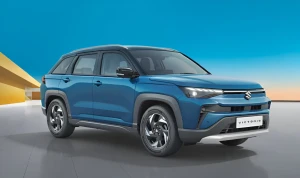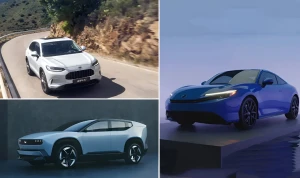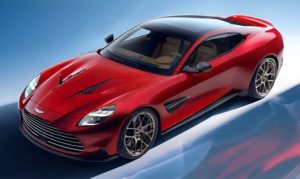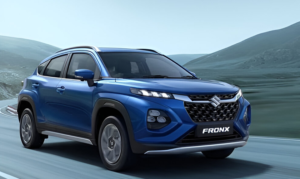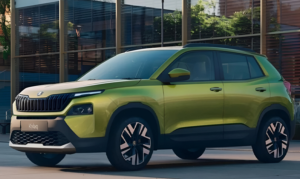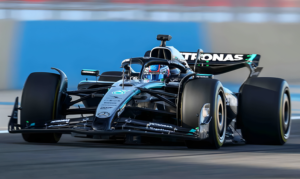Mercedes to use BMW Engines to Cut Costs, Boost Hybrid Line‑Up
- Mercedes, BMW collab: where talks stand, which engines and models are in play, and why this could reshape both brands.
- Cost, compliance, and EV reality checks pushing once-unthinkable BMW Mercedes partnership onto the table.
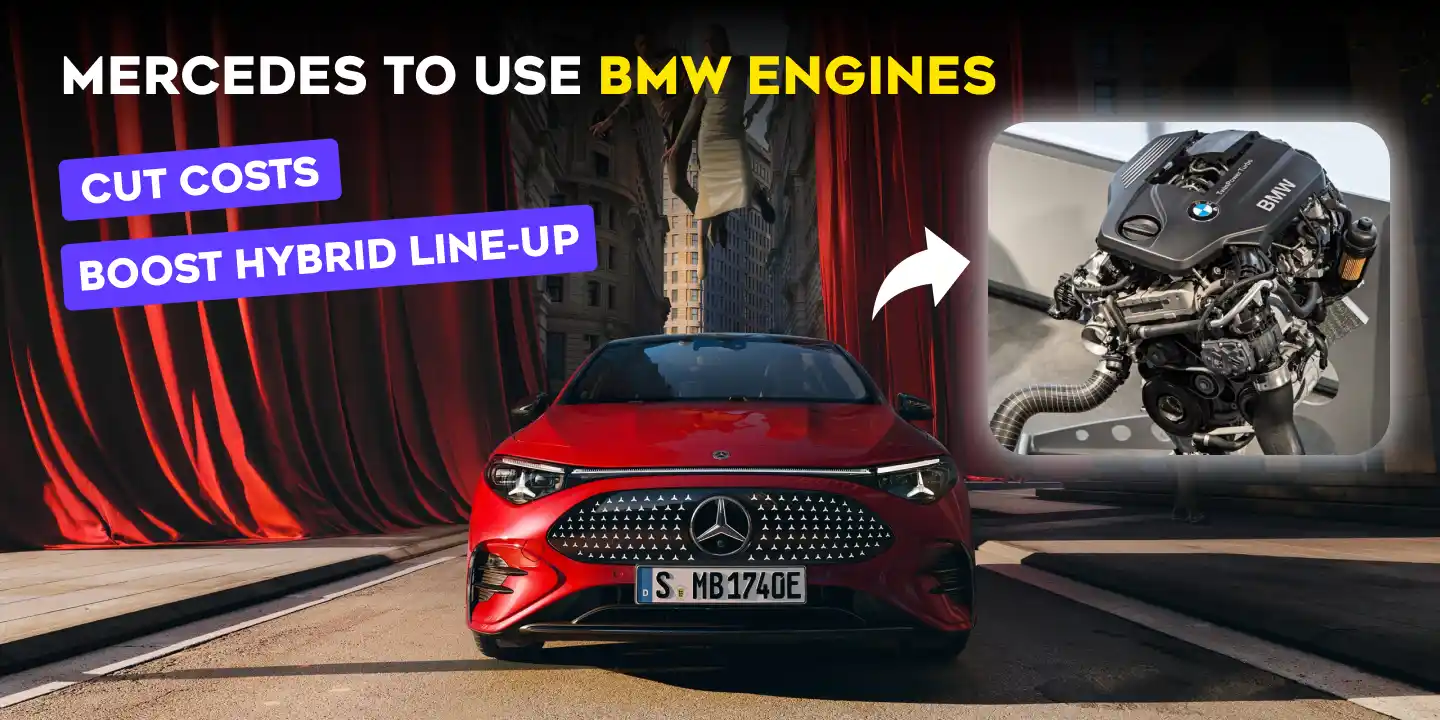
Mercedes and BMW are in advanced talks over a first-of-its-kind engine-sharing agreement. This Mercedes BMW engine deal might actually happen. BMW will potentially be supplying its B48 2.0‑liter four‑cylinder petrol engine to future Mercedes models.
If you follow powertrain strategy, you know how wild this sounds, yet it tracks with today’s cost and emissions pressures. Here is the gist of this promising deal, with what’s known and what still sits in the ‘maybe’ column.
Catch the latest launches and updates on CarOnPhone!What exactly is on the table in the Mercedes BMW engine deal?
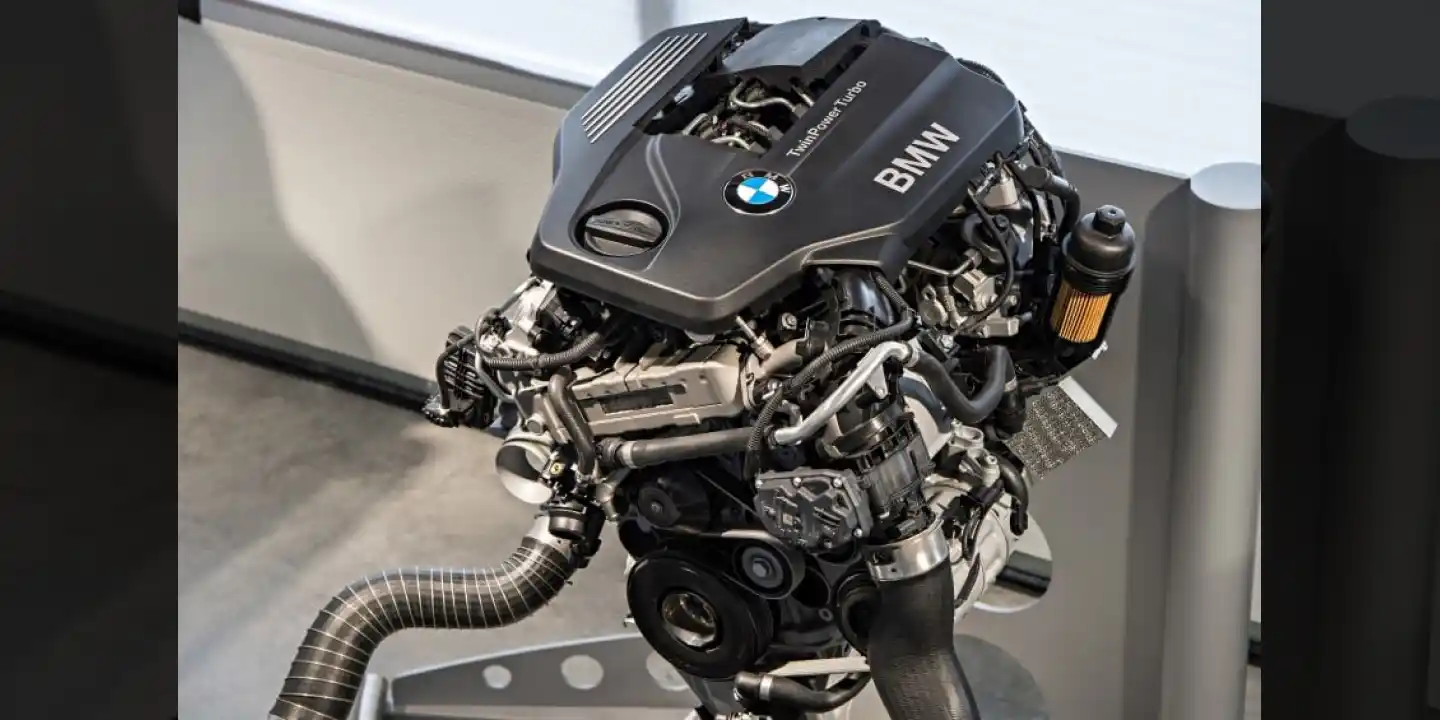
BMW would supply a new generation of turbocharged B48 four‑cylinder engines, compatible with both longitudinal and transverse layouts, giving Mercedes flexibility across compact and mid‑size lines.
Models named by multiple reports include the CLA, GLA, GLB, C‑Class, E‑Class, GLC, and the “Little G,” with production likely centered at BMW’s Steyr plant in Austria.
The target is a Euro 7‑ready powertrain that supports plug‑in hybrids, which helps Mercedes broaden PHEV offerings without heavy new ICE R&D.
Why would rivals even consider this BMW Mercedes partnership?
Two big reasons: money and timing. EV adoption is lagging projections, which has forced Mercedes to recalibrate its ICE and hybrid plans. Its new M252 1.5‑liter engine suits mild‑hybrid use, but insiders say it is not engineered for PHEV or range‑extender duty.
Bringing in BMW’s B48 fills that gap, keeps development costs in check, and helps ensure Euro 7 compliance across volume models. For BMW, this is added revenue, plus steady output at Steyr.
When could BMW supplied Mercedes engines arrive, and where might they be built?
Timelines floating around point to first applications as early as 2027, pending a formal green light expected by year‑end.
Core production would likely run in Austria, and both companies have explored a potential shared facility in the United States to manage tariffs and logistics in key markets.
The scope could expand over time, but the initial focus is squarely on four‑cylinder petrol units for hybrids and PHEVs.
Which Mercedes models make the most sense to receive the B48?
Look to the compact MFA and rear‑drive MRA platforms that can leverage the B48’s dual‑layout design. That is why you keep seeing the CLA, GLA, GLB, C‑Class, E‑Class, and GLC referenced, plus the “Little G” project.
This is where a Euro 7‑capable, PHEV‑friendly four‑cylinder delivers the biggest compliance and cost benefits, while preserving headroom for Mercedes to keep its sixes and eights focused on brand‑defining roles.
Does this touch AMG or BMW M, and those “Mercedes AMG BMW M engines” rumors?
Right now, the reporting is about mainstream four‑cylinders, not halo powertrains. Some outlets even speculate gearbox collaboration down the line, but nothing credible suggests AMG models getting BMW M engines.
Best to let the core Mercedes AMG BMW M engines whispers to stay in the rumor mill unless the brands say otherwise. Ongoing talks are about a pragmatic four‑cylinder supply, not swapping the crowns of each performance division.
Naming clarifications, including that “Mercury engine supply” phrase you might have seen
If you came across “Mercury engine supply” in social posts, that is just noise. The real story is Mercedes weighing BMW’s B48 to bolster PHEV‑capable, Euro 7‑ready options at scale, while managing cost, complexity, and timing across global markets.
Tags:
CarOnPhone is your one-stop destination to see all upcoming cars, latest cars, released cars, and EV Cars, and compare Cars in all Car Brands. Stay tuned and follow us to update yourself on the automotive world.

